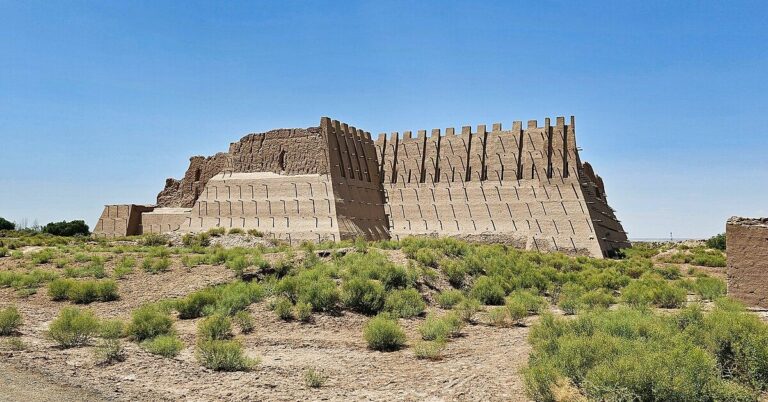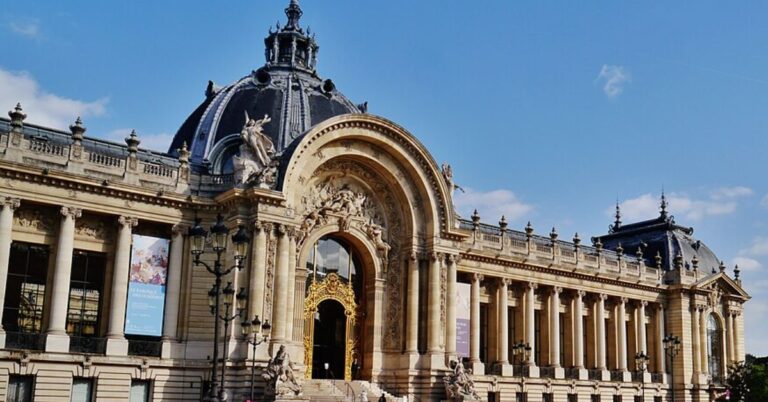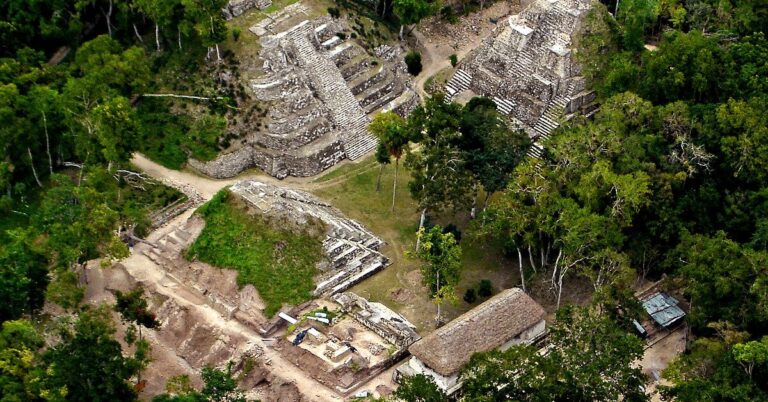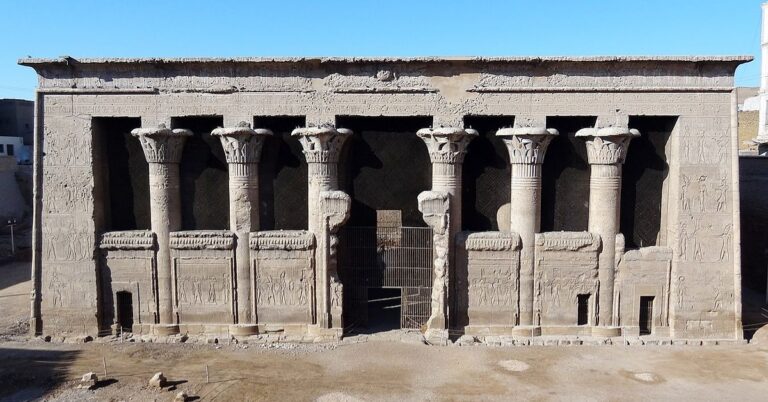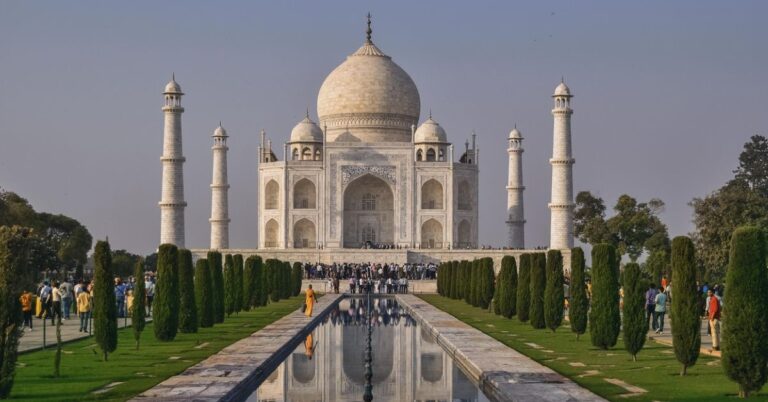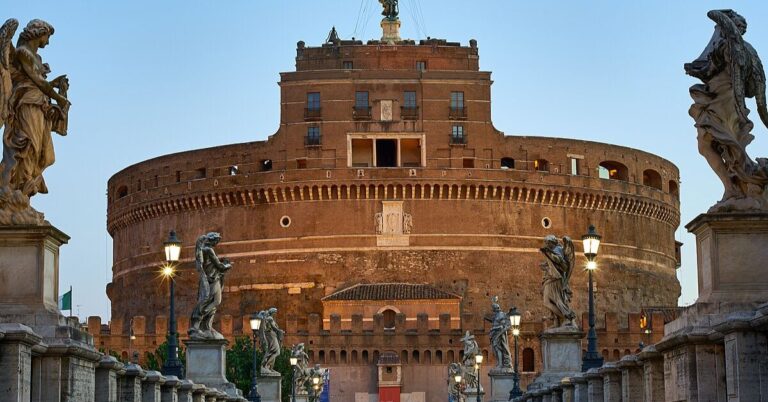15 Iconic Churches Across France That Showcase Timeless Architecture
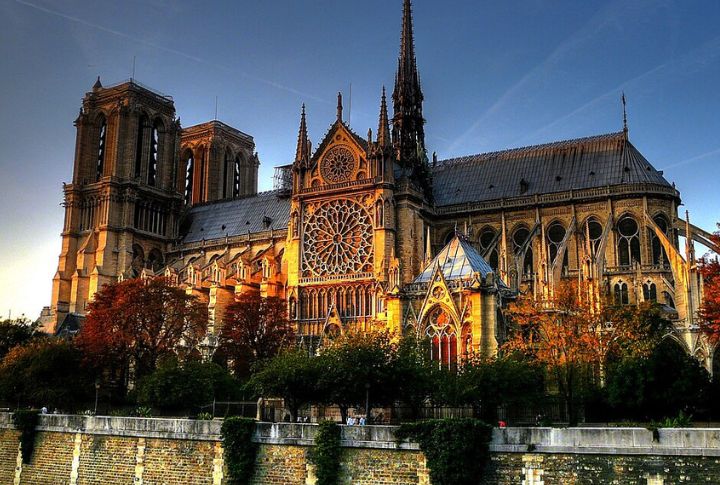
French churches aren’t just places of worship—they’re architectural time capsules echoing centuries of artistic revolutions and royal ambition. Each structure tells a layered story of faith and form. This curated list highlights 15 of the most iconic churches across France, offering a glimpse into the evolving styles and historical significance that shaped these enduring monuments.
Notre Dame De Paris

Notre-Dame broke new ground in architecture with features like flying buttresses and ribbed vaults. Construction kicked off in 1163, and its detailed sculptures helped tell Bible stories to folks who couldn’t read. Later, Viollet-le-Duc’s 1800s makeover gave it the Gothic look we recognize today.
Chartres Cathedral
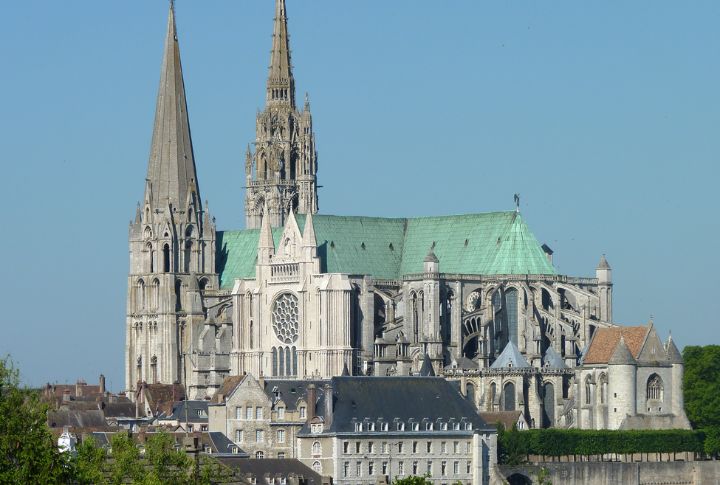
Finished in 1220, this cathedral is still one of the best examples of High Gothic design. Amazingly, 176 stained glass windows survived the 1194 fire. Inside, there’s even a maze on the floor—a kind of symbolic pilgrimage. Plus, the sculpted entrances are incredibly detailed and meaningful.
Basilica Of Saint-Denis
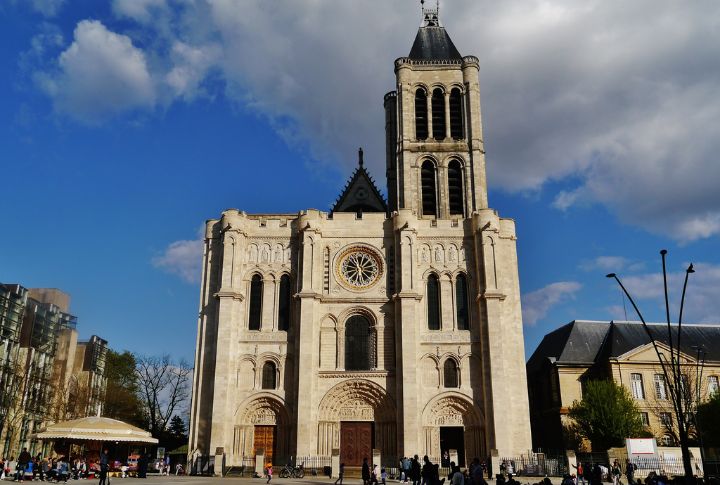
The Parisian basilica pioneered Gothic design through Abbot Suger’s 1140 renovations. Pointed arches and vaulted ceilings introduced a new vertical aesthetic. Serving as France’s royal mausoleum from Dagobert I onward, it also used stained glass in the choir to reinforce spiritual ideas through architectural space.
Sainte Chapelle
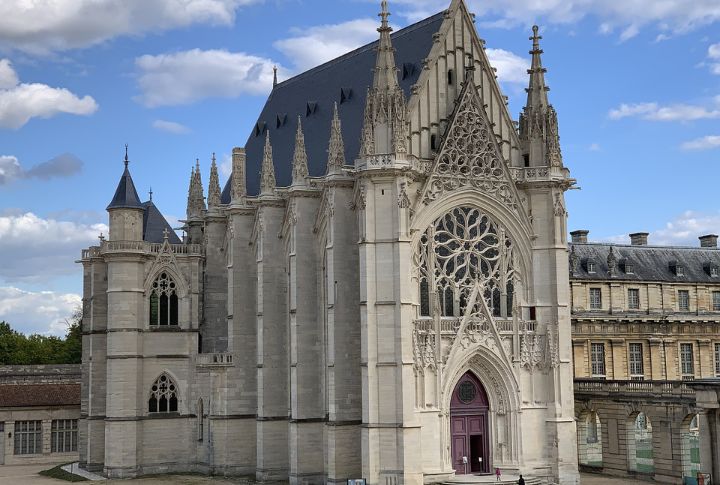
Commissioned by Louis IX, the 1248 Paris chapel holds 1,113 stained glass scenes painted into the tall windows. Designed to house Passion relics, the church’s upper level served as a royal shrine. The slim columns and vast glass surfaces transformed walls into a chronicle of canvases to portray biblical history.
Amiens Cathedral
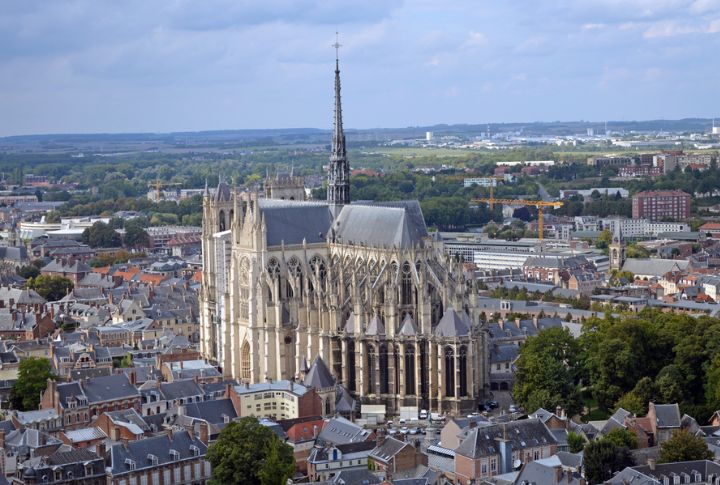
Between 1220 and 1270, Amiens rose to become France’s tallest completed Gothic nave. The carved west facade presents hundreds of figures, many of which are lit at night to recreate a medieval polychromy. Its vaults soar 138 feet, demonstrating structural mastery that transformed stone into an extraordinary expression of vertical engineering.
Reims Cathedral
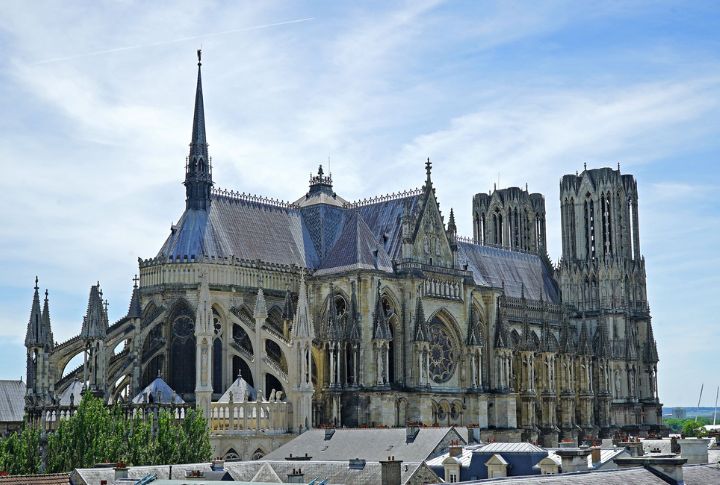
For centuries, Reims has hosted 33 royal coronations, embodying ceremonial Gothic grandeur. Built-in 1211 atop Roman foundations, this features a soaring nave filled with natural light. Its Smiling Angel statue even gained national symbolism during World War I. High above, the nave also emphasizes the link between divine authority and monarchical power.
Rouen Cathedral
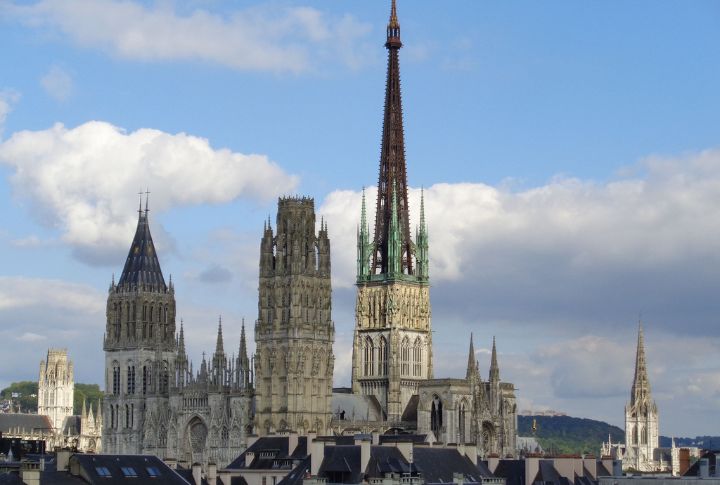
Years of erection shaped Rouen Cathedral into a visual timeline of evolving Gothic styles. Each addition marks a stylistic shift from sturdy 12th-century forms to intricate 16th-century tracery. Even Claude Monet was so drawn to the way its surface transformed with shifting light that he painted its west facade over 30 times.
Sacre Coeur

Rising above Paris on Montmartre’s highest point, this Romano-Byzantine basilica symbolizes spiritual resilience after national defeat. The travertine stone secretes calcite, keeping the exterior strikingly white. Its monumental Christ in Majesty mosaic, completed in 1923, also ranks among the largest of its kind in the world.
Albi Cathedral
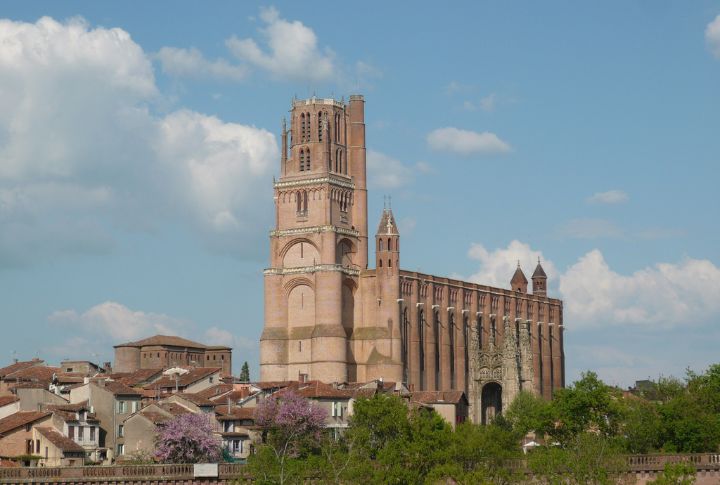
Constructed after the Albigensian Crusade, Albi’s exterior resembles a fortress with no sculptural portal. Completed in 1480, it’s the world’s largest brick cathedral. Inside, flamboyant Gothic details contrast with the austere outer walls. The best attraction is the famous painted Last Judgment, which spans nearly 16,000 square feet of wall space.
Strasbourg Cathedral

Starting in 1176 and finishing in 1439, Strasbourg Cathedral is a mix of Gothic drama and German precision. Its spire held the world’s height record for two centuries. And yes, that astronomical clock? It tells time, tracks planets, and even sneaks in some theology.
Autun Cathedral
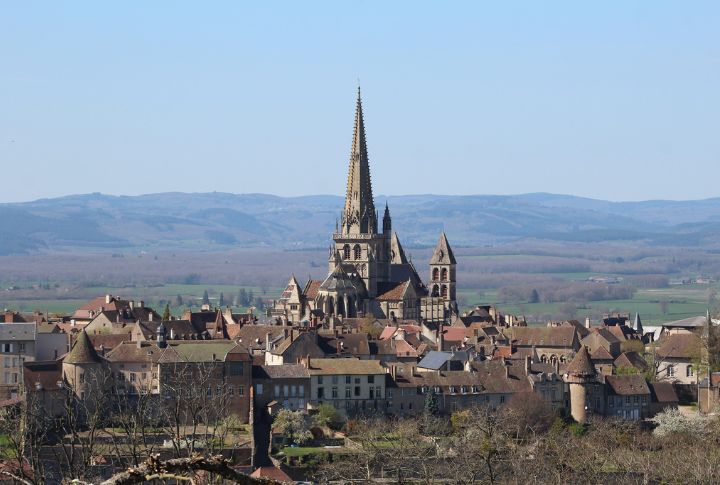
The barrel vault ceiling of Autun Cathedral reaches 78 feet and displays the best of Romanesque engineering. This is also where Gislebertus carved the dramatic Last Judgment tympanum, illustrating the moral tension between angels and sinners. Consecrated in 1132 under Bishop Etienne, it revitalized Burgundy’s role in Christian pilgrimage routes.
Bayeux Cathedral
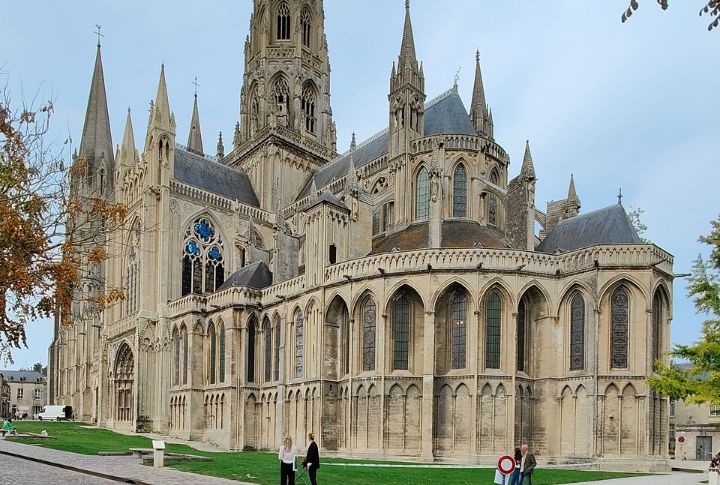
Bayeux Cathedral, dedicated in 1077, originally housed the famous narrative of the Norman Conquest. Its twin-towered facade blends Norman-Romanesque and later Gothic styles. Then, the 19th-century restoration preserved the stunning medieval frescoes inside. The architectural evolution of this cathedral reflects the political intricacies of Anglo-Norman rule.
Notre Dame De La Garde
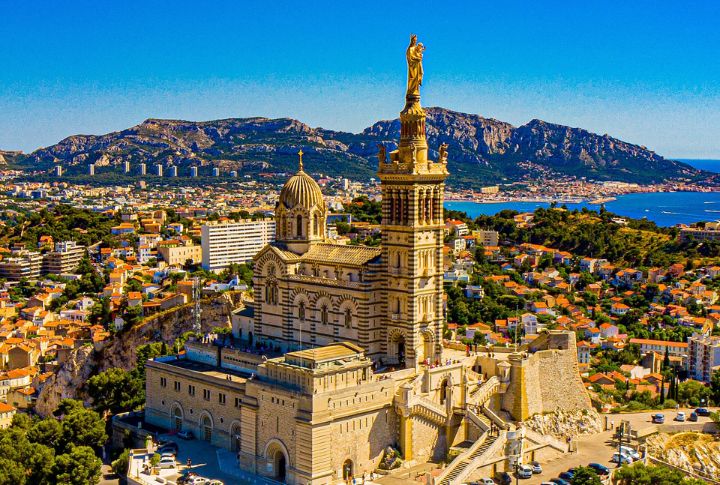
This iconic Neo-Byzantine basilica, consecrated in 1864, stands proudly on a limestone ridge overlooking Marseille. Designed by Henri Esperandieu, it features mosaics and polychrome stonework inside. A gilded Virgin and Child statue crowns the 30-foot bell tower, which is even visible to sailors navigating the coast.
Laon Cathedral
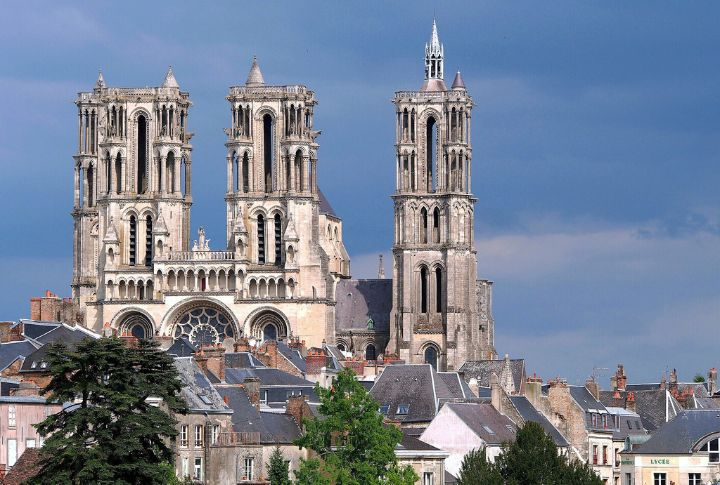
Among the earliest Gothic cathedrals, Laon’s formation began in 1160. Its twin towers feature life-size stone oxen as a tribute to animals that hauled materials uphill. The four-tiered elevation also reveals early spatial experimentation. Laon may not be as famous as Notre-Dame or Chartres, but it holds its own with bold ideas and design.
Saint Michel De Cuxa
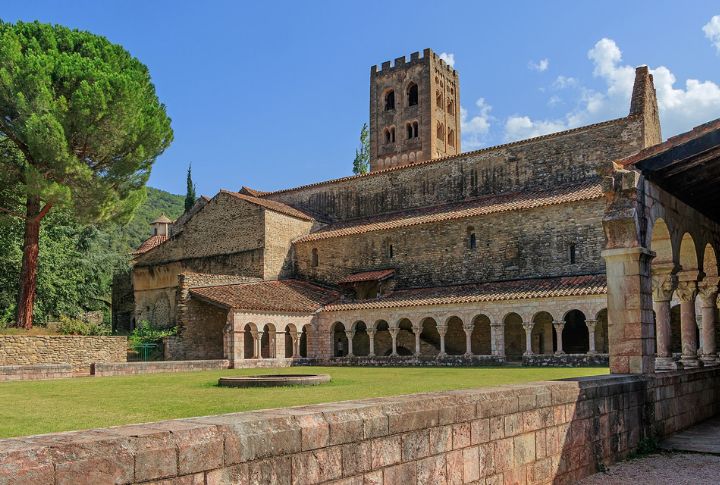
Founded in 878 in the eastern Pyrenees, this monastery features Lombard Romanesque architecture, including arcaded cloisters and pink marble columns. The 10th-century bell tower, a prime example of Lombard Romanesque style, rises above the surrounding structures, which amplifies the site’s historical and architectural grandeur.

